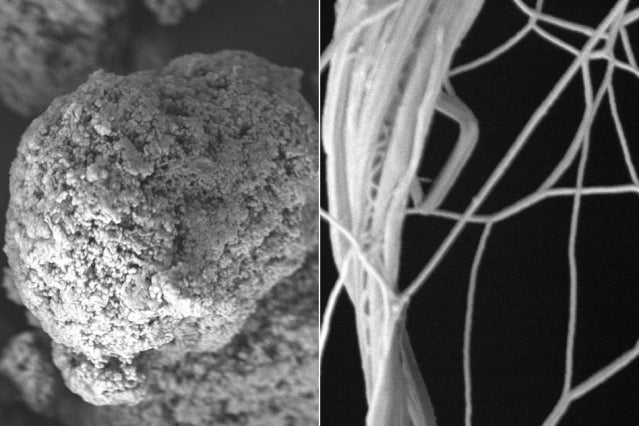MIT’s found a way to make smartphones, laptops, cars and fridges way cooler

MIT has invented a nifty new polymer that could revolutionise the way everyday devices including, phones, white goods and cars are cooled.
The clever folks at MIT reported uncovering the new tech on Monday (US time). The discovery came when the research team – which included researchers from MIT, the US department of Energy EERE Manufacturing Program and DoE Basic Energy Science programs – found a way to manufacture a custom polymer that can conduct rather than contain heat.
The polymer is reportedly thinner than most consumer grade plastic wrapping and could potentially replace ceramic and steel parts used in most cooling systems.
Related: Best smartphone

Image credit: MIT
Gang Chen, the Carl Richard Soderberg Professor of Power Engineering at MIT, and a senior co-author on the paper said the development could have huge ramifications if applied to consumer products, such as laptops, smartphones and cars.
“We think this result is a step to stimulate the field. Our bigger vision is, these properties of polymers can create new applications and perhaps new industries, and may replace metals as heat exchangers.”
If applied correctly, this in theory could help reduce the upfront cost of numerous consumer devices as the polymer is significantly cheaper to make than ceramic and metal.
The researchers first reported some success developing the polymer in 2010. Since then the team has been working on ways to refine the manufacturing process and make it more effective at key things, like directing heat in a particular direction.
Related: Best laptop
Research paper co-author Jiawei Zhou said the researchers still have more work to do before the polymer is ready for commercial use, but that it is already finding ways to make it more effective at general heat dissipation.
“If we have an isotropic polymer with good heat conductivity, then we can easily blend this material into a composite, and we can potentially replace a lot of conductive materials,” Zhou says. “So we’re looking into better heat conduction in all three dimensions.”
Excited about MIT’s research? Let us know on Twitter @TrustedReviews


